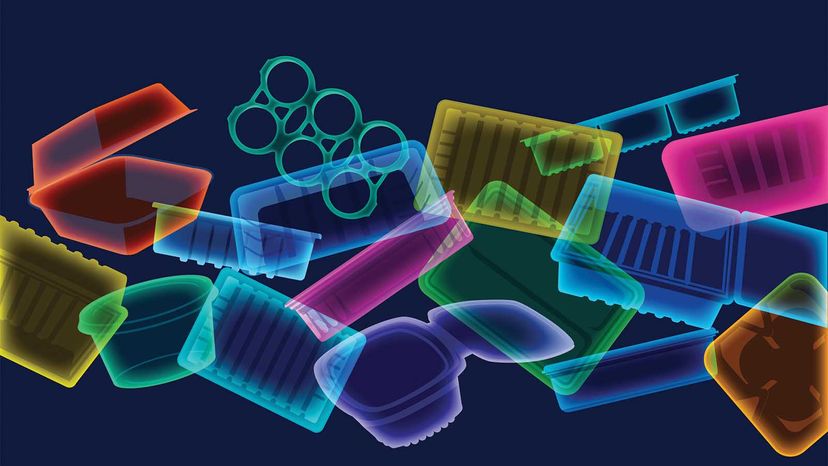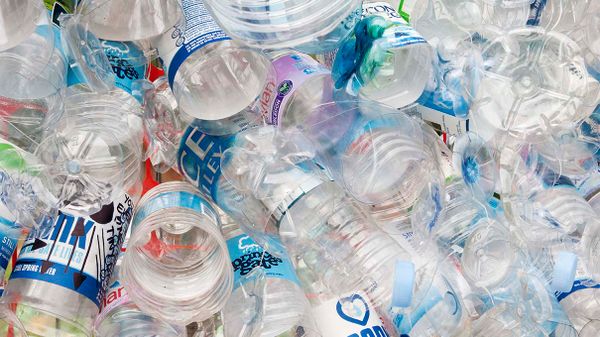The easiest way to limit exposure to phthalates is to reduce your use of plastic. Of course, this is easier said than done, as nearly everything comes in plastic nowadays. However, when it comes to consumer products, one step you can take is to read labels, as phthalates are required to be listed in the ingredients.
There are also beauty companies that now indicate on their shampoos or lotions packaging that they are phthalate free. In addition, Eick recommends checking the Environmental Working Group's Skin Deep webpage, which has a comprehensive list of consumer products and their ingredients.
In terms of what people can do to avoid exposure through food, Eick has a few suggestions. "With respect to storing leftovers and other foods, it's best to use glass containers when possible," Eick says. "If it's not possible to avoid using plastic containers, it's best to let the food cool down to room temperature before putting the food in the plastic container and to not microwave food in plastic."
Given how ubiquitous phthalates are, it would likely be difficult to ban them outright. However, scientists published an editorial in the April 2021 edition of American Journal of Public Health, which included a call for better federal regulation of these chemicals. From the authors:
Exposures are ubiquitous; the majority of people are exposed to multiple ortho-phthalates simultaneously. We thus recommend that a class approach be used in assessing health impacts as has been done with other chemical classes. We propose critically needed policy reforms to eliminate ortho-phthalates from products that lead to exposure of pregnant women, women of reproductive age, infants and children. Specific attention should be focused on reducing exposures among socially vulnerable populations such as communities of color, who frequently experience higher exposures.
While Eick was not part of that editorial, she said she agrees that it would be a good idea to regulate phthalates as a class, as opposed to regulating specific phthalates. However, she also notes that bringing in phthalate replacements, which might seem like a nice fix, could quickly backfire.
"This happened with BPA, where BPA was phased out and BPA replacements were phased in," Eick says, "and now we're starting to see that these BPA replacements are also harmful."


